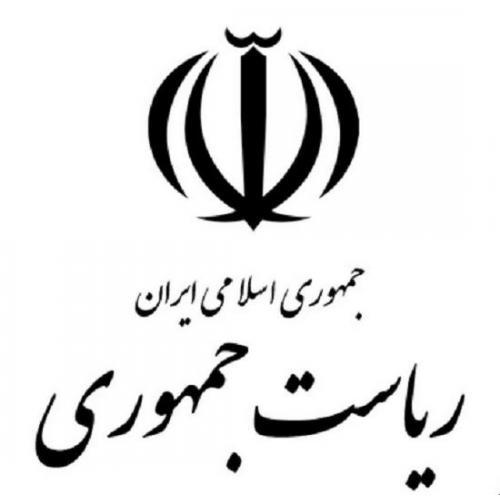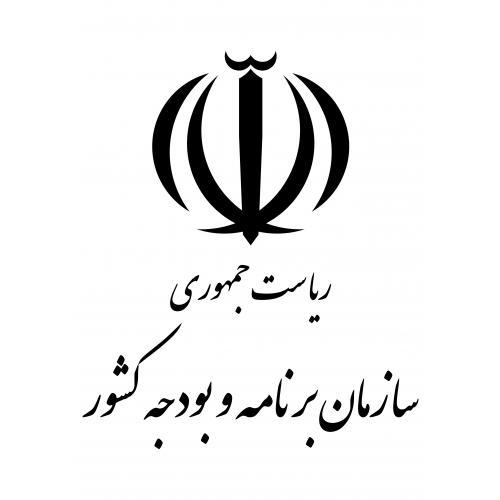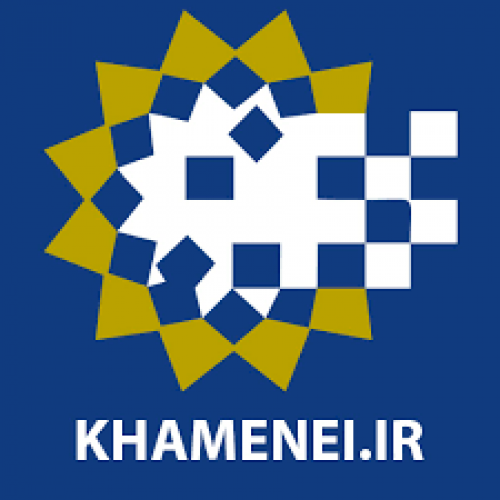
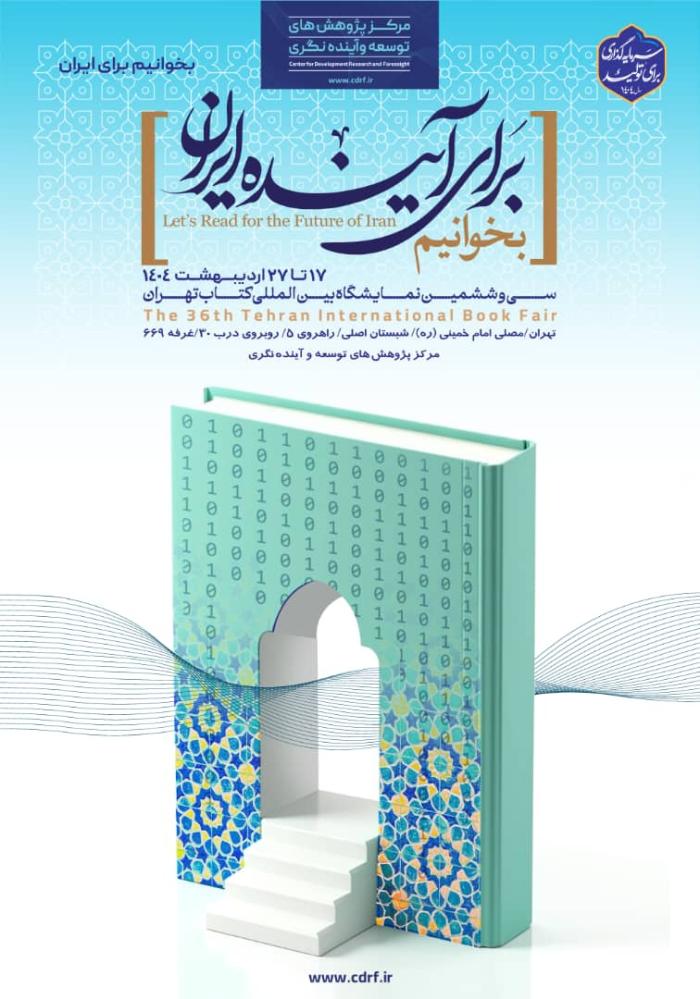
-
بررسی آییننامهها و دستورالعملهای برنامه هفتم پیشرفت
-
بررسی عوامل موثر بر افزایش تصادفات و تلفات جادهای و سوانح رانندگی و دادهکاوی تلفات انسانی
-
سازماندهی و بازآرایی فضایی آموزش عالی کشور
-
به روز رسانی سند ملی آمایش سرزمین
-
انجام مطالعات مناطق آزاد به عنوان نواحی پیشران اقتصادی کشور
-
اصلاح ساختار بودجه و پیاده سازی نظام یکپارچه مدیریت اطلاعات مالی دولت (IFMIS)
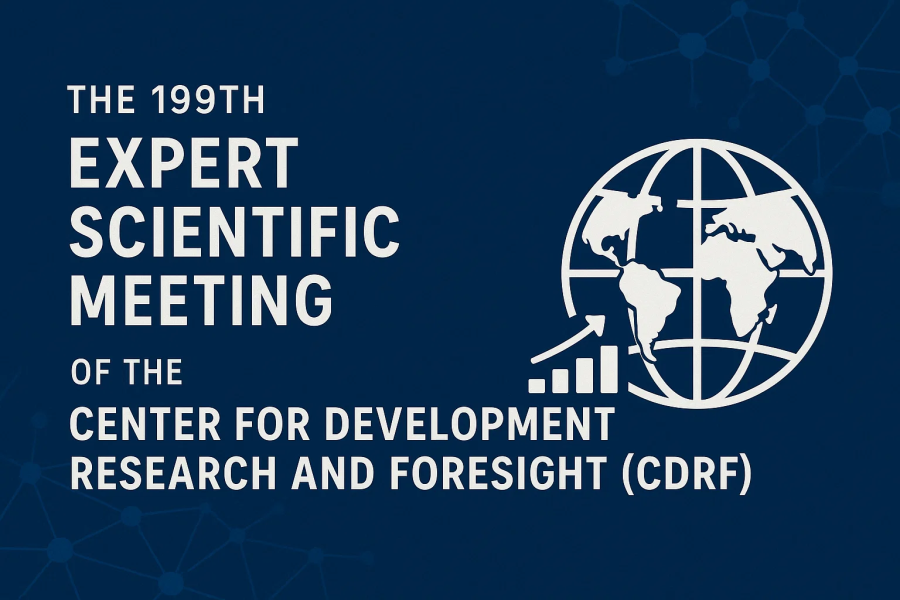
In this meeting, Ali Agha-Mohammadi, Head of the Economic Group of the Office of the Supreme Leader and non-ex officio of the Expediency Discernment Council of the System, served as the scientific chair of the meeting. Eskandar Zand, an expert in the field of agriculture and Secretary of the Commission for Drafting the Civil Knowledge-Based Agriculture and Food Document, along with Ali Kiani-Rad, President of the Institute for Planning, Agricultural Economics, and Rural Development Research, participated as keynote speakers, presenting their viewpoints.
At the beginning of the meeting, Mehdi Razpour, Head of the Education Group of the CDRF and the secretary 0of the meeting, introduced the topic by stating: “Given the considerable potential of the agricultural sector in Iran, this field can become a foundational pillar of Iran’s future development. It should therefore be a focal point in long-term planning efforts, including the the Vision of the Islamic Republic of Iran. Agricultural development can contribute to ensuring food security, generating employment, and reducing dependence on imports. Nevertheless, Iran’s agricultural sector faces numerous challenges.”
Mehdi Razpour further stated that the excessive use of water resources, inefficient irrigation practices, and climate change have led to a decline in groundwater levels and recurring droughts, negatively impacting agricultural production and the civil food security. Additional challenges include soil erosion and declining land fertility, technological limitations and reliance on traditional farming methods, dependence on imports of essential goods despite domestic production, economic pressures and price volatility, low income and economic hardship among farmers, high production costs, farmers' bank debts, and insufficient governmental support. Environmental pollution and the use of chemical inputs, underdeveloped agricultural infrastructure for storage, transportation, and processing—which result in post-harvest losses, reduced product quality, and missed export opportunities—as well as inadequate support policies and regulatory measures such as price controls, distribution inefficiencies, and limited access to banking facilities for farmers, have collectively diminished the motivation to produce in this sector. These issues must be addressed as key priorities in short-, medium-, and long-term planning.
The Head of the Education Group of the CDRF explained that the advancement of precision agriculture, emphasis on organic farming and healthy products, development and completion of value chains, and the expansion of processing and complementary industries to enhance the added value of agricultural products are all critical components. Moreover, addressing climate change and, most importantly, formulating a cropping pattern aligned with the strategies and policies of the Civil Territorial Planning Document—while ensuring its adoption by decision-making and policy-making institutions—are essential and decisive factors. These elements must be taken into serious consideration when outlining the role of agriculture in the future Vision of the Islamic Republic of Iran. Accordingly, this meeting aims to explore these topics from various perspectives through the contributions of invited speakers.
As the meeting proceeded, Eskandar Zand, an expert in the field of agriculture and Secretary of the Commission for Drafting the Civil Knowledge-Based Agriculture and Food Document, provided a definition of agriculture as the main speaker. He explained that the English term “agriculture” is derived from two Latin words: “Agri”, meaning farmland or cultivated land, and “Cultura”, meaning cultivation or the raising of plants and animals. Historically, therefore, agriculture referred to the cultivation and breeding of plants and livestock on farmland.
He elaborated on the significance of agriculture, stating that agriculture serves as the backbone and foundational pillar of all dynamic economies worldwide. In Iran, agriculture is not only regarded as a means of livelihood but also plays a vital role in preserving the civil historical cultural customs and traditions. The agricultural sector maintains strong backward and forward linkages with other economic sectors, and its growth directly contributes to enhanced food security and national economic development.
Eskandar Zand continued by stating that agriculture encompasses various dimensions, including social, economic, technical, and environmental aspects. He emphasized that the social dimension of agriculture in Iran, with roots tracing back several thousand years into the past, is one of the often-overlooked pillars.
The agricultural expert identified dependence on groundwater, harsh climatic conditions, poor soil resources, climatic and crop diversity, and the strong social foundations of agriculture as key challenges facing the agricultural sector. He noted that these factors make agriculture in Iran difficult, costly, risky, and resistant to innovation. Nevertheless, historical strategies to address these challenges have included the development of qanats as a sustainable water management system, nomadic and pastoral lifestyles as adaptive responses to climatic conditions, and the adoption of low-water consumption dietary patterns, all of which have served as effective solutions to agricultural challenges throughout history.
The Secretary of the Commission for Drafting the Civil Knowledge-Based Agriculture and Food Document further highlighted several major future trends in the agricultural and food system, including the increasing unpredictability of the Earth’s climate, the growing knowledge-based nature of agriculture, the advancement of smarter value chains, the globalization of agriculture, the rising demands of consumers, and the heightened necessity to prioritize health considerations within the agricultural sector.
He outlined three main scenarios for the future of agriculture in Iran. The first scenario envisions the continuation of current practices without fundamental changes, where traditional and inefficient methods persist, exacerbating issues such as resource shortages, climate change impacts, and inequality. The second scenario involves implementing certain policy and technological reforms; however, environmental degradation and inequality would remain significant challenges. The third scenario entails adopting sustainable policies focused on investment in advanced technologies and fundamental structural changes to ensure food security and water sustainability.
Eskandar Zand further identified the primary and overarching goals of agriculture in Iran, including the transition to knowledge-based agriculture and the adoption of advanced technologies, conservation of resources and control of destabilizing factors, increasing self-sufficiency in strategic products, ensuring equitable physical and economic access, reforming consumption patterns based on ecological capacities, establishing and completing value chains, empowering human resources, active participation of the private sector, supporting producers, and creating a sustainable system for assessing food security.
Later in the meeting, Ali Kiani-Rad, President of the Institute for Planning, Agricultural Economics, and Rural Development Research, who was another speaker, referenced the Supreme Leader’s remarks on food security, emphasizing that food security is a first-order issue that must not be neglected. He added that, according to Article One of the Executive Regulations for the Amendment of the Legal Bill on the Transfer and Rehabilitation of Lands under the Government of the Islamic Republic of Iran, ratified on 31/02/1359 (May 21, 1980) by the Council of the Islamic Revolution, agriculture is defined as the utilization of water and land for the production of animal and plant products, including crop cultivation, gardening, both fruit-bearing and non-fruit-bearing tree planting, forestry, animal husbandry, poultry farming, beekeeping, and aquaculture.
Ali Kiani-Rad discussed the relationship between agriculture and food security, stating that it refers to the physical, economic, and equitable access of all people throughout their lives to sufficient, safe, nutritious, and lawful food that meets their dietary needs and preferences, enabling them to lead healthy and active lives. This relationship is based on four key pillars: supply, access, safety, consumption, resilience, stability, and sustainability.
The President of the Institute for Planning, Agricultural Economics, and Rural Development Research emphasized that food security comprises four main components: the supply of food through production and imports; access to food, including physical and economic access; nutritional health and dietary diversity; and, finally, the sustainability of food production resources such as water, soil, biodiversity, and others.
He further identified the drivers of the agricultural and food system, including population dynamics and urbanization, economic growth and the broader economic vision of the Islamic Republic of Iran, international interdependencies, ownership of big data, geopolitical instabilities, rural and urban poverty, and the concentration of capital and information.
As the meeting proceeded, Ali Agha-Mohammadi, Head of the Economic Group of the Office of the Supreme Leader and non-ex officio of the Expediency Discernment Council of the System, serving as the scientific chair of the meeting, stated: “In my view, the first step in this field is to create a media environment that can attract the attention of policymakers and public opinion; since the position of agriculture within Iran’s policymaking system is significant, objectives in the agricultural sector can be achieved through organizing conferences and seminars, forming coalitions, and guiding them strategically. This approach essentially involves community engagement and building a consensus-driven society around the issues of agriculture and food security.”
Agha-Mohammadi continued: “Another important issue concerns rural areas, where efforts should be made to encourage urban populations to move toward the villages. By creating employment opportunities in rural areas, we can both strengthen the agricultural sector and increase the inclination toward rural living in Iran. This requires a precise and comprehensive plan. In this regard, it is essential to identify all rural residents who have migrated to cities and, by addressing their needs in the villages, encourage their return to rural communities.”
The Head of the Economic Group of the Office of the Supreme Leader and non-ex officio of the Expediency Discernment Council of the System stated that development programs are implemented and yield results not only through capital and funding but also through careful planning and thoughtful strategies. Therefore, by establishing a precise model in the agricultural sector and adopting a community-centered approach, agricultural development can be achieved.
In the proceedings of the meeting, the experts and specialists expressed their viewpoints and posed their questions.
It is noteworthy that this meeting was held on February 11, 2025, both in-person and virtually, with the participation of national and provincial executive agencies, universities, research centers, and think tanks, at the Hossein Azimi Hall located in the CDRF.

